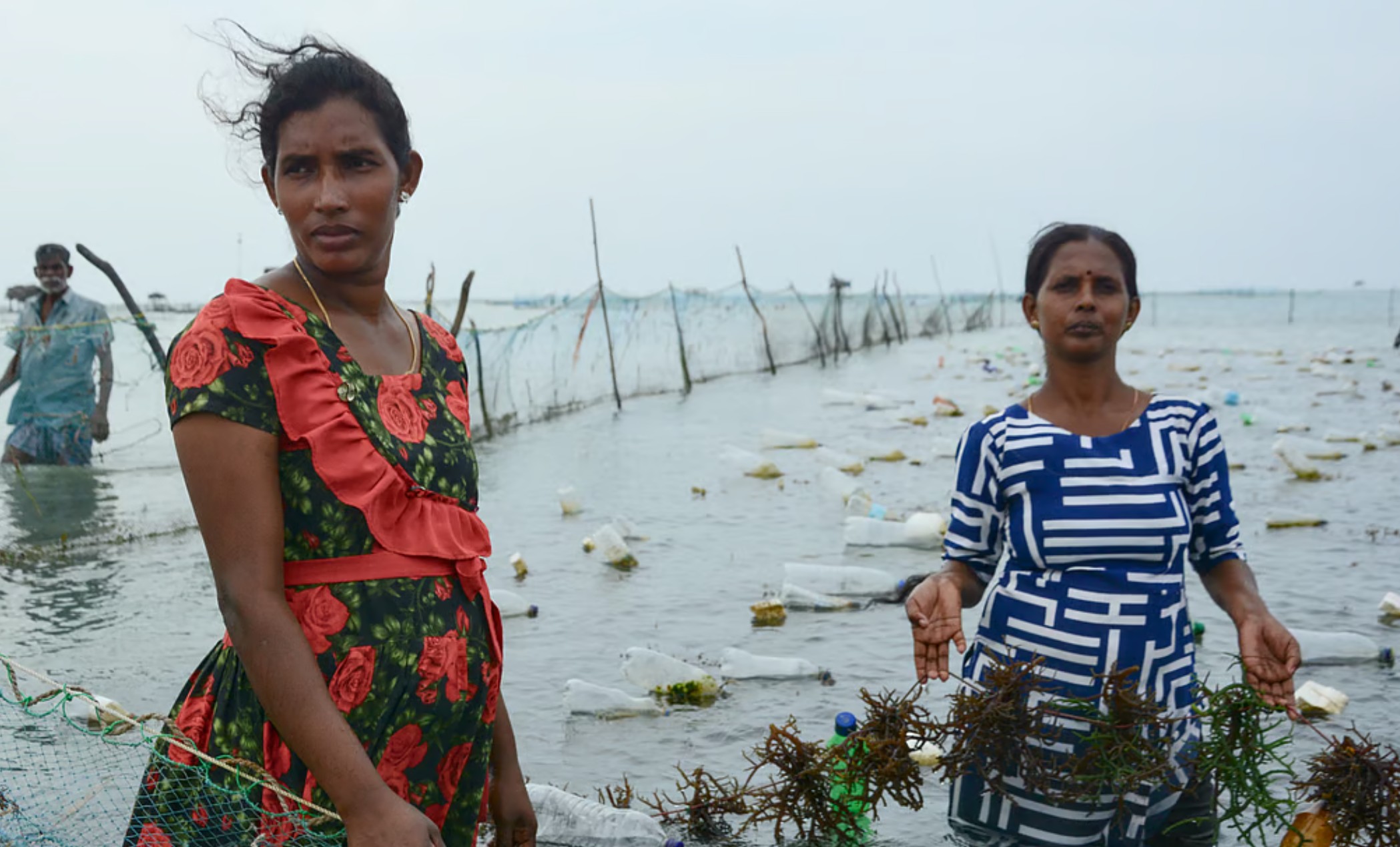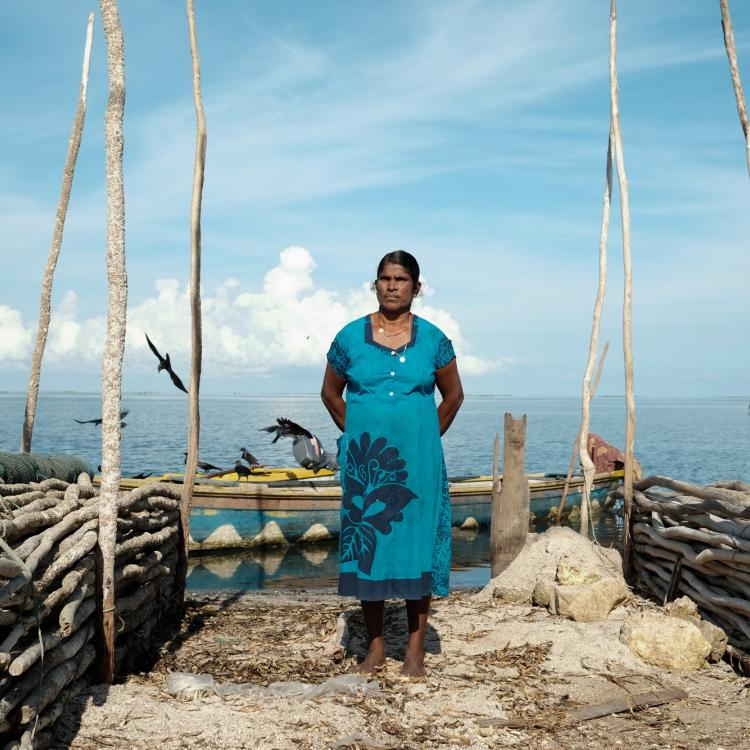
Temperatures are rising, impacting women led businesses in the north writes Amita Arudpragasam for the Himal Southasian, as extreme heat events linked to climate change become more frequent.
According to the World Meteorological Organisation, 2024 was the hottest year on record, and temperatures are only set to increase. By May last year, there were reports that at least seven people had died of extreme heat in the Northern Province. By the end of the century, Sri Lanka’s North is projected to experience wet-bulb temperatures approaching 35 degrees Celsius – a dangerous point beyond which the human body is unable to cool itself.
Across the Northern Province there are approximately 55,000 female-headed households and 46,000 war widows. Many are still recovering from the economic and psychological costs of the war. Shallow-water seaweed farming has provided an economic lifeline to many war widows the Northern Province.
Seaweed aquaculture, reputed for its role in empowering women, has offered many in the area an opportunity to rebuild their lives, at least financially. However rising marine sea level temperatures have threatened the yield.
Last February, however, increasing marine temperatures destroyed about 80 percent of seaweed yields. “In 2023, we exported 174,000 metric tonnes of dried seaweed to India,” Prashanthani said. “But in 2024, our harvest was far less.” The growing seaweed is draped on ropes, or “monolines”, suspended from floating plastic bottles and enclosed by nets to keep away fish. It was once grown close to the shore, which made planting, maintenance and harvesting convenient. But as temperatures rose, farmers were forced to move their enclosures to the cooler and deeper waters farther out to reduce the risk of burnt seaweed and a disease called epiphytism. When the women farmers notice colour changes characteristic of epiphytism, they remove entire lines of seaweed they can no longer harvest and leave the ropes out to dry. “Otherwise,” Junastina said, “one line touches another and everything becomes infected.”
Read the full piece at the Himal Southasian
The reporting for this piece was supported by a grant from the Pulitzer Center

